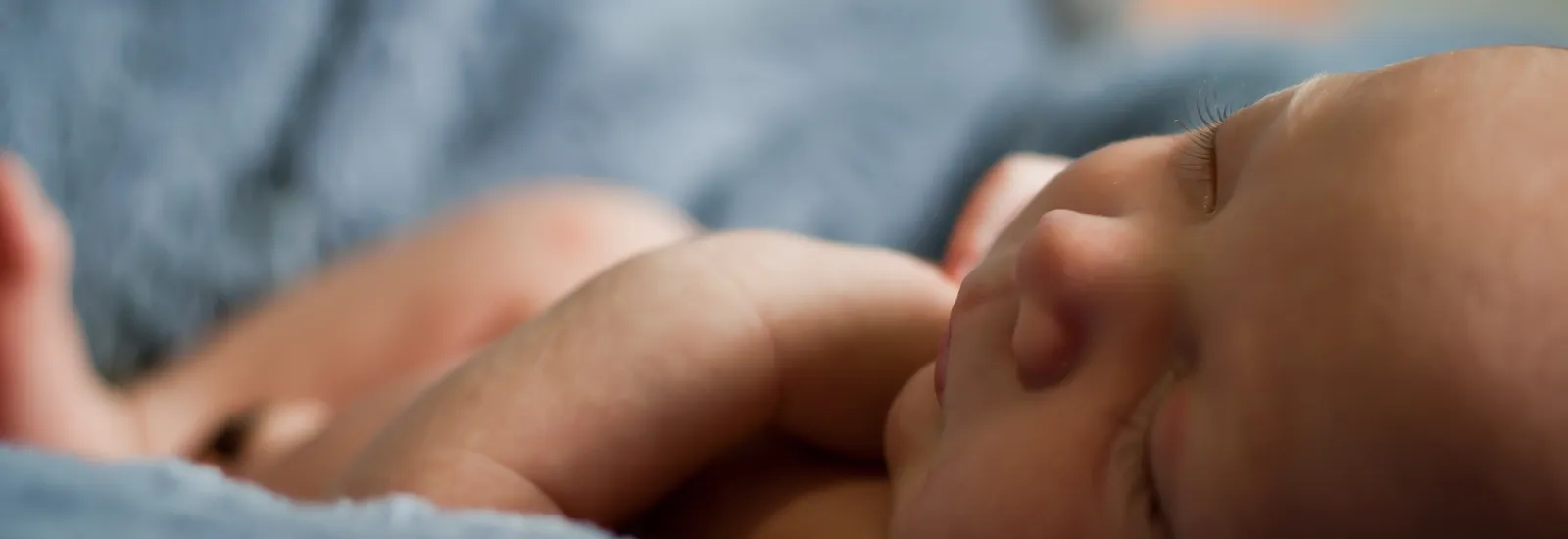
Sleep sack campaign promotes safe sleep for infants
When the Reid Health Family Birthing Center sought a way to illustrate the importance of teaching safe sleep practices to new parents they found a creative solution: Don't just tell parents/caregivers how to create a safe sleep environment for their new baby show them as well - by encouraging the use of a sleep sack.

Reduction of SIDS/Sudden Infant Death Syndrome is at the core of all practices. Key components of this plan have been the incorporation of the following recommendations by the American Academy of Pediatrics:
American Academy of Pediatrics (AAP) Safe Sleep Recommendations
- Place infants on their back to sleep for every sleep period nighttime and naptime until they are 1 year of age. This position does not increase the risk of choking. A sleep sack helps remind you of this.
- Use only firm sleep surfaces. Car seats and other sitting devices are notrecommended for routine sleep.
- Breastfeeding is recommended and is associated with a reduced risk of SIDS.
- Infants should sleep in their parents' room close to the parents' bed but on a separate surface designed for infants ideally for the first year but at least for the first six months.
- Soft objects and loose bedding should be kept out of the infant's sleep area. Bumper pads should not be used in cribs. There is no evidence that bumper pads prevent injuries and there is a potential risk of suffocation strangulation or entrapment.
- Consider offering a pacifier at naptime and bedtime.
- Avoid smoke exposure during pregnancy and after birth.
- Avoid alcohol and illicit drug use during pregnancy and after birth.
- Avoid overheating and head covering in infants. Keep room temperature so it feels comfortable for an adult and dress baby in as little or as much clothing as you would wear.
- Pregnant women should obtain regular prenatal care.
- Infants should be immunized according to the recommended schedule. Evidence suggests that immunization reduces that risk of SIDS by 50%.
- Avoid using commercial devices that are inconsistent with safe sleep recommendations such as wedges and positioners.
- Don't use home cardiorespiratory monitors as a strategy to reduce SIDS.
- Supervised tummy time while the infant is awake can help development.
- There is no evidence to recommend swaddling to reduce the risk of SIDS.
- Healthcare professionals and staff in newborn nurseries and neonatal intensive care units as well as child care providers should endorse and model recommendations to reduce SIDS risk.
- Media manufacturers should follow safe sleep guidelines in messaging and advertising.
- Continue the Safe Sleep campaign focusing on ways to further reduce sleep-related deaths.
- Research and surveillance should continue on all risk factors.
It is also important for parents and all caregivers to take an infant CPR course.
Please call Reid at 765-983-3000 ext. 2945 to register for this FREE course at Reid.
For more information please see:
http://safetosleep.nichd.nih.gov

